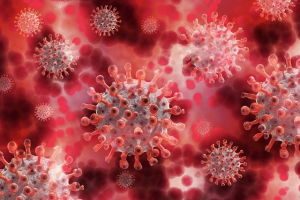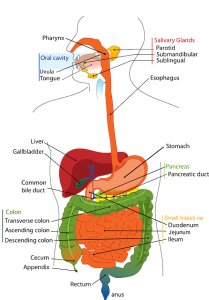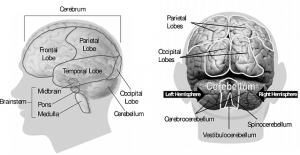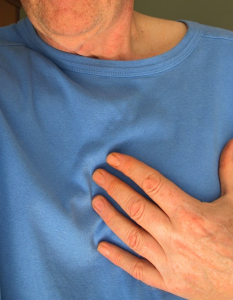Clinical studies show that daily supplementation with selenium can improve male fertility [Moslemi et al.; Safarinejad & Safarinejad; Scott et al.].

- Selenium is essential for sperm function and male fertility.
- Selenium deficiency has been associated with reproductive difficulty in cattle, chickens, mice, pigs, rats, and sheep; selenium supplementation has improved reproductive performance in mice and sheep and mice [Moslemi et al.].
- The mechanism linking adequate selenium status to improved sperm quality may be the role of selenium containing antioxidant seleno-enzymes in reducing the extent of oxidative damage caused by harmful free radicals [Moslemi et al.].
- Results from a comparative study have shown that supplementation with a selenium yeast preparation resulted in significant reductions in biomarkers of oxidative stress but that supplementation with pure selenomethionine did not. The results suggest that selenium-containing compounds in the selenium yeast preparation, i.e. compounds other than selenomethionine, may account for the decrease in oxidative stress [Richie et al.].
Selenium Supplementation of Men in Iran in 2009
In a 2009 study lasting 26 weeks, researchers in Teheran randomly assigned infertile men, average age 31 years, range 25-48 years, to the following groups [Safarinejad & Safarinejad]:
- selenium supplementation group (n=116; dosage = 200 mcg/day)
- N-acetyl-cysteine group (n=118; dosage = 600 mg/day)
- selenium supplementation group (n=116; dosage = 200 mcg/day) plus N-acetyl-cysteine (dosage = 600 mg/day)
- placebo group (n=118)
Outcomes of the 2009 Iranian selenium study:
- All semen parameters significantly improved with the selenium treatment and with the N-acetyl-cysteine treatment.
- Administering selenium plus N-acetyl-cysteine resulted in additive beneficial effects.
- There was a significant positive correlation between the seminal plasma concentrations of selenium and N-acetyl-cysteine and the semen parameters.
- There was a strong correlation between the sum of the selenium and N-acetyl-cysteine concentrations and the mean sperm concentration, sperm motility, and percentage of normal morphology sperm.
Selenium Supplementation of Men in Iran 2011
In an open-label study of 690 infertile men, average age 28.5 years, range 20-45 years, who received a daily selenium supplement (200 mcg) together with a daily synthetic vitamin E (400 units, α-tocopherol) for at least 100 days, the researchers concluded that supplemental selenium and vitamin E improve semen quality and have beneficial effects on sperm motility [Moslemi et al.].









